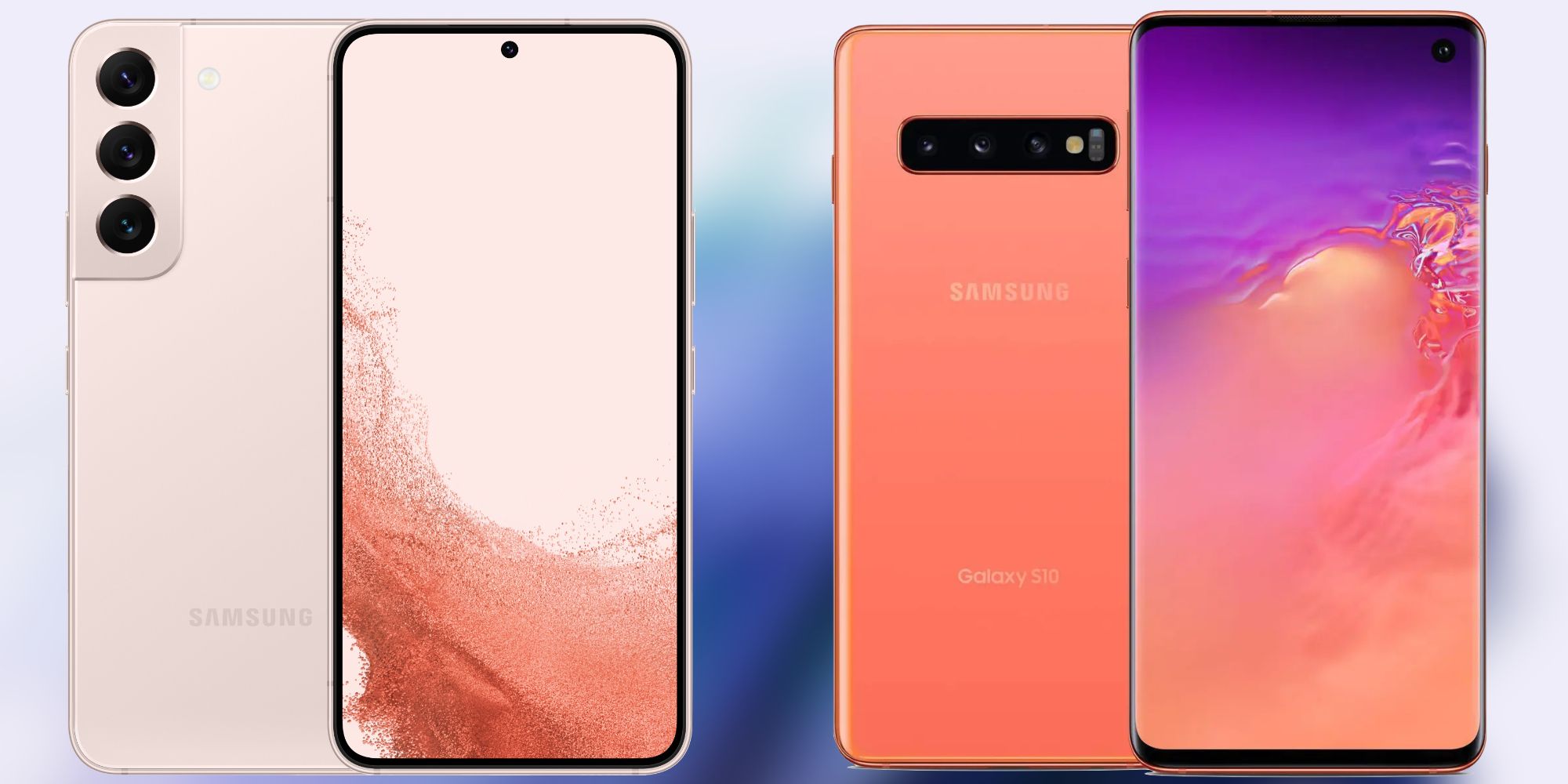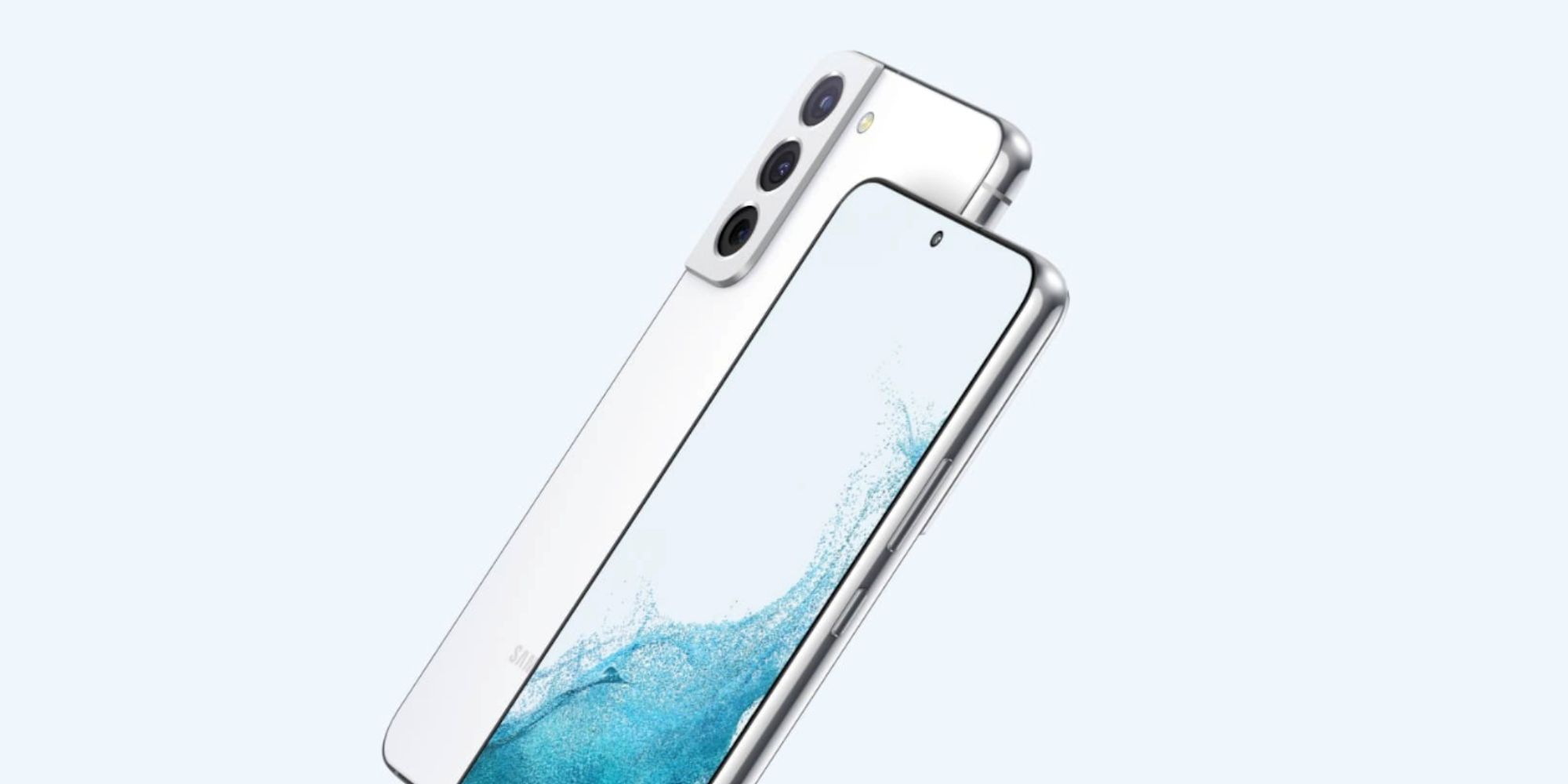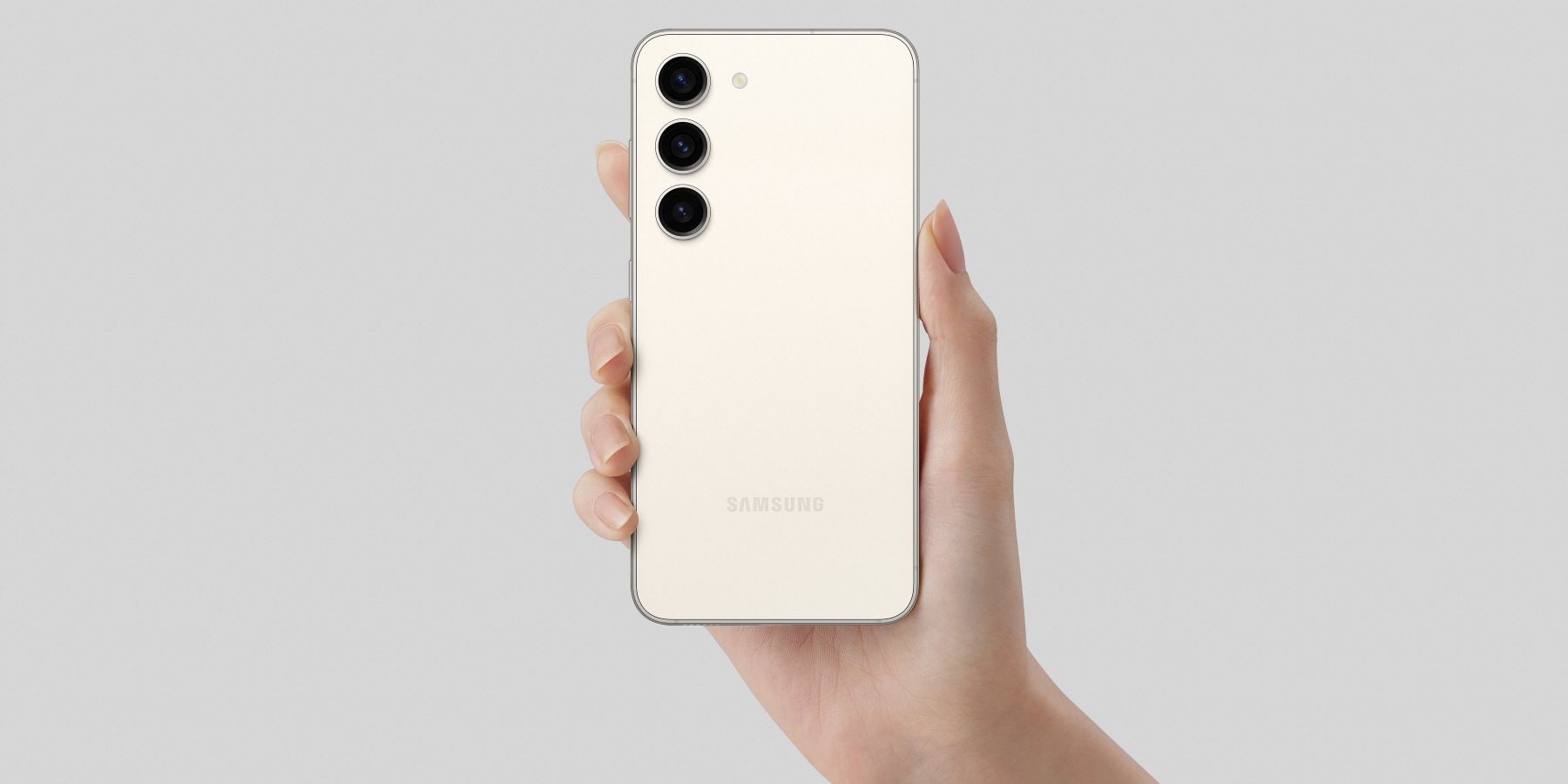The Samsung Galaxy S22 is an easy smartphone recommendation — but does that also apply to people who already own the Galaxy S10? The Galaxy S22 was the company's 2022 flagship, and on its own, it's a force to be reckoned with. There's a stunning AMOLED display, powerful Snapdragon processor, multiple rear cameras, and years of guaranteed updates. It's a killer package for someone whose phone is 5+ years old. But is the Galaxy S22 worth getting if you're still rocking 2019's Galaxy S10? Here's a closer look at what's changed.
Considering the Galaxy S22 is three generations newer than the S10, it's pretty remarkable how well the two displays compare. Both feature AMOLED panels, 6.1-inch screen sizes, and support HDR10+ content. The biggest upgrade of the S22 is its 120Hz refresh rate. It's twice as fast as the 60Hz refresh rate on the Galaxy S10, resulting in smoother swiping, scrolling, and animations. The S22 also has Samsung's newer AMOLED tech (Dynamic AMOLED 2X vs. Dynamic AMOLED), higher peak brightness, and Corning's more advanced Gorilla Glass Victus instead of Gorilla Glass 6. The Galaxy S10 does have a slight resolution advantage at 3,040 x 1,440, compared to the 2,340 x 1,080 resolution of the Galaxy S22.
More Upgrades Of The Galaxy S22 Vs. Galaxy S10
The Galaxy S22 also benefits from a newer, more advanced processor. Powering the S22 is the Qualcomm Snapdragon 8 Gen 1. In comparison, the S22 has the Snapdragon 855. The Snapdragon 8 Gen 1 is markedly improved over the 855, offering up to a 2x higher AnTuTu benchmark score, 50 percent more memory bandwidth, a 40 percent higher GPU frequency, and a 6 percent faster CPU clock speed. It's also a much more efficient chip — using a 4nm design compared to a 7nm one.
In day-to-day use, this all means that the S22 will open applications faster, handle graphically intense games more easily, and generally offer a smoother experience. The S22 and S10 share the same 128GB of storage and 8GB of RAM, but the newer UFS 3.1 storage in the S22 gives you faster read/write speeds than the S10's UFS 2.1 technology. That said, only the S10 has a microSD card slot for expandable storage.
We also see big upgrades in the camera department. The Galaxy S22 touts a 50MP primary camera, 10MP telephoto camera with 3x optical zoom, and a 12MP ultra-wide camera. The Galaxy S10 has a 12MP primary camera, a 12MP telephoto camera with 2x optical zoom, and a 16MP ultra-wide camera. Along with the higher MP count for the main camera and longer optical zoom, the S22 also benefits from better low-light photography and 8K video recording. The battery is better, too. In addition to a larger battery capacity (3,700mAh for the S22 and 3,500mAh for the S10), Samsung's newer phone also has faster wired charging. Where the Galaxy S10 tops out at 15W charging, the Galaxy S22 supports up to 25W speeds. Unfortunately, the S22 doesn't come with a charger.
Last but certainly not least, there's the software situation for the phones. The Galaxy S10 shipped with Android 9 in 2019. Since then, it's been updated all the way to Android 12. That's excellent support, but it also means the S10 has received the three years of guaranteed updates Samsung promised for it. The Galaxy S22 shipped with Android 12 out of the box and is promised four years of major OS updates + five years of security patches.
These may all seem like small upgrades individually, but they add up to make the S22 a substantially better phone than its older sibling. It has a better display, faster processor, longer battery life, faster charging, and will keep getting important updates for years to come. Given that the Galaxy S10 has stopped receiving software updates, those who can afford it would do well to upgrade to the Galaxy S22.
Should You Get The Galaxy S23 Instead?
Samsung launched the Galaxy S23 in February 2023, and it's a small but significant upgrade over the Galaxy S22. It features a brighter display (1,750 nits vs. 1,300 nits), tougher Gorilla Glass Victus 2, a more powerful Snapdragon 8 Gen 2 processor, a slightly larger 3,900mAh battery, and some improvements to the camera. Design-wise, it looks similar, barring the individually-placed camera lenses at the back instead of the camera island. Everything else remains pretty much the same, including the software support.
Those still on the fence upgrading from the Galaxy S10 will get all the advantages of the next-generation Galaxy phone, but there is a question of budget to consider. The Galaxy S23 is priced at $799, which is the same price the S22 was launched at. The Galaxy S22, on the other hand, has been discounted to $699. For those looking to invest in a flagship Samsung phone that will last at least five years, it makes sense to pay to the $100 price difference, given that the newer Galaxy S23 will get an extra year of software and security updates compared to the S22.
Source: Samsung



